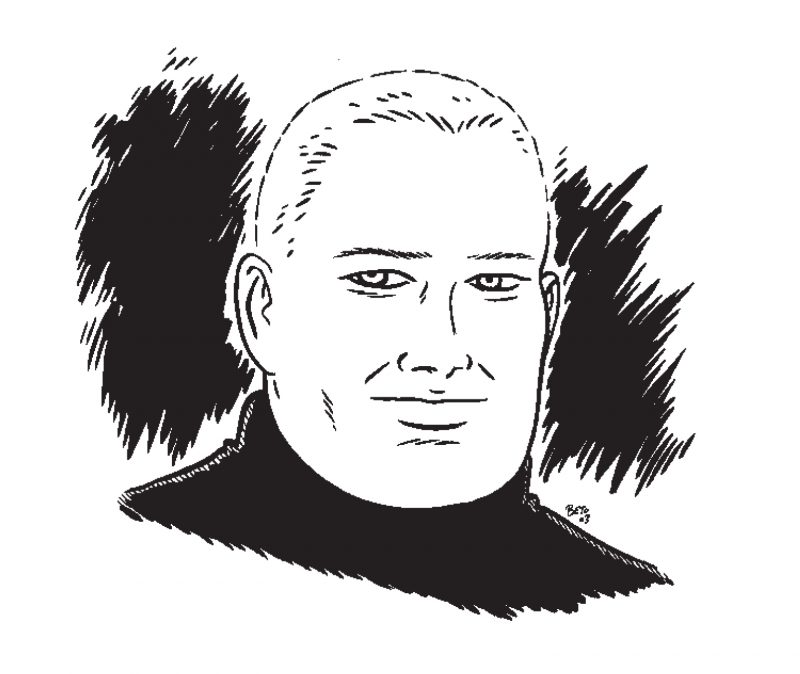Human prehistory is an almost unimaginably vast period,” writes archaeologist Tim Taylor, “and it is easy for the dead to go missing.” Archaeology is all about finding the dead—dead persons, dead objects, dead societies—and yet we still want to think of it as a discipline that shows us “how people lived.” Taylor wants to show us how they died. Not only how they died, but why they died, and what their deaths meant to those who survived them. His most recent book, The Buried Soul: How Humans Invented Death, hinges on extrapolating a simple yet fascinating fact of archaeological history: the first stone tools were found to have been made some 2.6 million years ago, yet the first archaeological evidence of a human funerary burial is from just 120,000 years ago (and regular burials, Taylor adds, only began 10,000 years ago).
In his mordant expeditions, Taylor tries to come to terms with not only ancient death, but death in this world as well. He recalls being blamed for the death of his grandfather. In his professional life, death is rendered not only as sifting through ancient sands—“inferring behavior from mute remains”—but as the very work of the present, as he is called to assist in the police investigation of a suspected ritual killing victim found floating in the Thames River.
The Buried Soul is not something one reads casually. Lines such as “From my research… I knew that the ritual killing of children was not all that rare in the ancient world” and “except for fish, man was the most popular of the vertebrate animals used for food”—or even the bit about an island in Fiji where living men were buried alive to serve as the foundation for a building—tend to precipitate a certain engagement. Taylor, who has also written on “the prehistory of sex” and has hosted numerous specials on the BBC relating to archaeology (including a three-part series on cannibalism), wants to bring archaeology to us more vividly, to give life and meaning to old bones, bones that represent—as we have no record of songs nor stories—a society’s lifeblood. In doing so he also wants to uncover, as it were, the mysteries, taboos, and rituals around death that still exist and the “visceral insulation” by which we protect ourselves from the dead. Taylor teaches at the University of Bradford, but he currently is in Vienna, where he serves as a visiting scholar. This conversation began via email just before the opening of the war in Iraq.
—Tom Vanderbilt
THE BELIEVER: You’re now posted in Vienna, which, as you note, is the home of Freud’s thanatos—the death drive. What explains your own fascination, if...
You have reached your article limit
Sign up for a digital subscription and continue reading all new issues, plus our entire archives, for just $1.50/month.
Already a subscriber? Sign in





